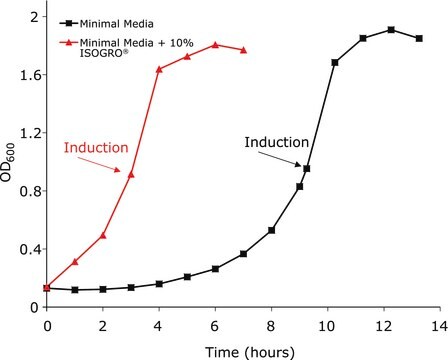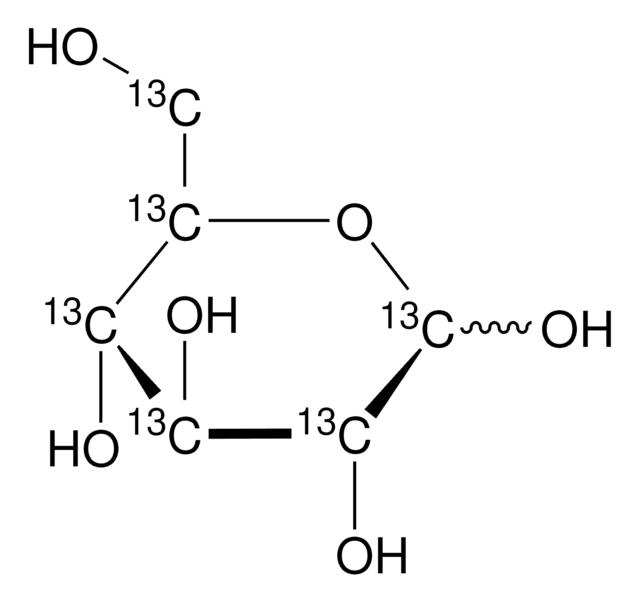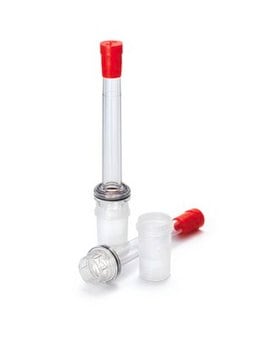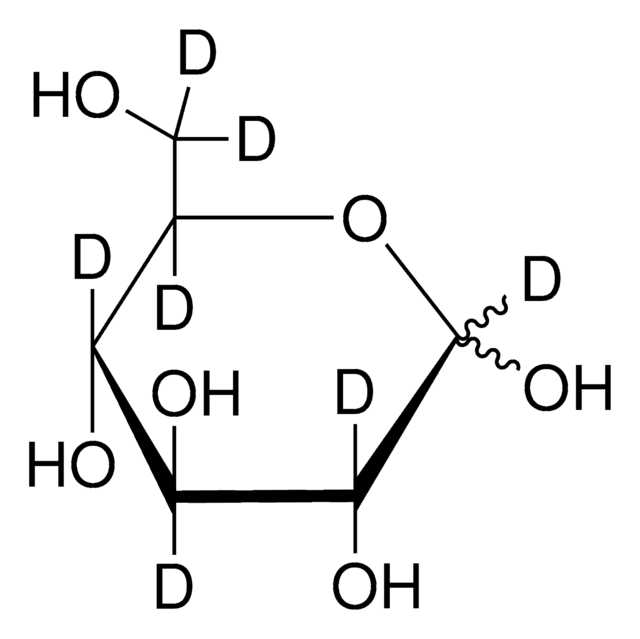606863
ISOGRO®-13C Powder -Growth Medium
99 atom % 13C
About This Item
Recommended Products
isotopic purity
99 atom % 13C
form
solid
technique(s)
bio NMR: suitable
protein expression: suitable
storage temp.
−20°C
General description
A typical algal lysate (ISOGRO medium) contains: 30% salts, 3% water, 2% glucose and 65% amino acids/peptides.
Packaging
Legal Information
Storage Class
11 - Combustible Solids
wgk_germany
WGK 1
flash_point_f
Not applicable
flash_point_c
Not applicable
Certificates of Analysis (COA)
Search for Certificates of Analysis (COA) by entering the products Lot/Batch Number. Lot and Batch Numbers can be found on a product’s label following the words ‘Lot’ or ‘Batch’.
Already Own This Product?
Find documentation for the products that you have recently purchased in the Document Library.
Customers Also Viewed
Articles
Utilizing ISOGRO® Supplementation of M9 Minimal Media to Enhance Recombinant Protein Expression.
Our company presents an informative page regarding the use of ISOTEC Stable Isotopes to Amplify Recombinant Protein Expression with ISOGRO.
Our team of scientists has experience in all areas of research including Life Science, Material Science, Chemical Synthesis, Chromatography, Analytical and many others.
Contact Technical Service






